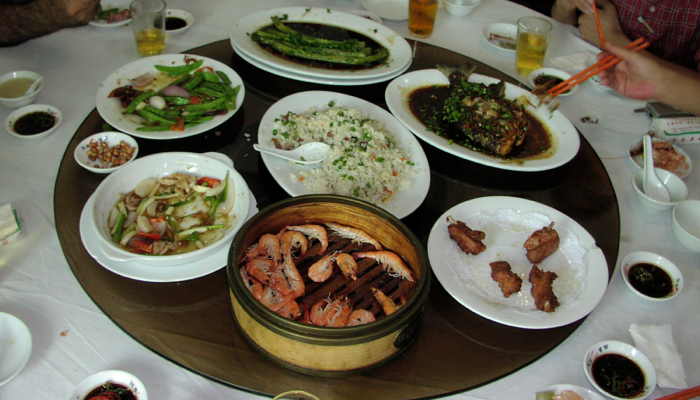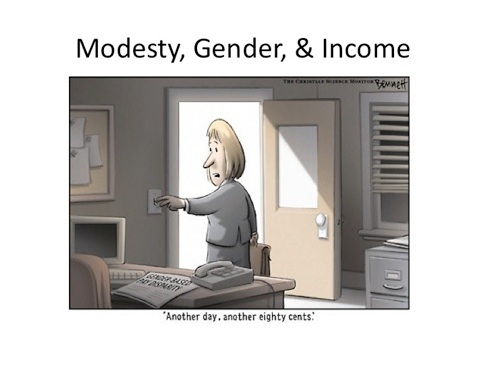I am experimenting with writing up my research in a creative format. The text below is based on some work I did back in 2007. Curious to hear what you think…
When I sat down at the back of the room, it was their voices that I noticed first. Not what they were saying but the tone, inflection, and energy in their conversation. In fact, when I reflect back on that day, I cannot picture any faces. The women have all melded into one for me – a single compelling story. This is not to say that they did not each have interesting and rich histories, but my access to them was limited and so I was left listening to their voices and hoping that I could understand something about each of them and all of them in the short time that I had.
This story begins when a doctoral student, Basak Yanar, approached me and asked if I would supervise her summer research project. She planned to return to her home in Istanbul Turkey for four months and, like any anxiety-ridden PhD student, she did not want to ‘waste’ the summer – as though a summer at home with family or a summer in Istanbul could be a waste. Basak was interested in work I had done on training Native Canadian Youth to secure meaningful employment. She proposed replicating the study in Istanbul with women. While I admired her initiative, it would not be enough to repeat a study that I had already done. I had to be convinced. There had to be a better story.
Several years prior in Northern Ontario, I had run a series of workshops where I trained Native Canadian Youth in job search and interview skills. Along with this practical training, I had trained a portion of the youth in a technique called Verbal Self Guidance. In this intervention, we ask people to pay attention to the thoughts they have around activities relevant to the job search.
When I explain this technique to people, most think it is a bunch of Anthony Robbins, Deepak Chopra, self-actualization hocus-pocus. It isn’t. Highly successful people do this naturally, others need to learn how to do it and some just need to be reminded. As an example, coaches are constantly telling high performance athletes to talk themselves through their training. Tiger Woods is taught to think about each stroke as if it could possibly be a hole in one. On the days when he starts to believe it is not possible, it isn’t. We found that the same principle works when faced with all kinds of challenges.
The young people who were trained in Verbal Self Guidance were more than three times as likely to have a job one year later. As a researcher, this is the type of finding that makes me want to turn cartwheels. But if I know that something works, why do I want to study the same thing again?
Basak pointed out that the women in Turkey faced double jeopardy – two types of discrimination, age and gender. Okay, that’s enticing. She also pointed out that they had the skills for an effective job search but had been so beaten down by the ‘system’ that they lacked the mindset. There we go! A more rigorous test of the technique and a chance to isolate its usefulness outside of skill training. Imagine if we could improve an athlete’s game not by training them in the sport, but by training them to think differently.
Four months later I found myself at the back of a classroom in the business building of Marmara University, Istanbul, Turkey. No one spoke English. Why would they? I was deep in Istanbul, far away from any tourist centre. I had already managed to check into a dormitory room, buy a calling card from a hut on the side of the road, and use a local pay phone without a useful word to communicate my intentions. I was becoming quite settled into my role as ignorant and awkward observer.
As the women entered the room they were animated in their conversation. None of them knew one another prior to this morning. Basak had recruited them from all around the city. Some of them she had found by trolling local employment agencies asking women if they needed job search support. The response was impressive. In this session, we had fifteen women. There were four additional sessions planned for the rest of the week.
Basak introduced herself and then introduced me. I have no idea what she said but it was clear that they were quite impressed that I had travelled all the way from Canada to sit at the back of a room. As planned, she then started the session by asking one question.
“What do you think when you look at the job advertisements in the newspaper?”
The women erupted. One woman stood up and spoke intensely while gesturing madly with the index finger of her right hand. Another was close to tears as she relayed her experiences. Basak had clearly touched on something raw and painful. These women felt as though they had no options. They felt shut out, excluded. I could not understand a word that they said, but I understood the meaning perfectly.
As the morning continued, I could feel the emotional fluctuations within the room. There was intensity, sadness, warmth, and at times, hopefulness. It felt good to be present and to be a witness to an honest experience. These women would not have found each other without Basak, yet, they appear to be connecting in ways that people rarely do. They were all hostages to the same circumstances.
Shortly after the lunch hour Basak started to wind down the session. I could feel the intensity evaporating from the room. Without any noticeable change in posture or position, the women began to pull themselves back together and steel themselves to return to the real world. Once the workshop had formally ended, some of the women began talking in small groups and others went directly to Basak to show their appreciation. I stayed at the back of the room. I felt as though I had just watched an intimate encounter through a two-way mirror. It seemed as though I did not belong in the space. For a few long moments, I stood awkwardly and wondered how I could get to the door without notice. A small woman with gorgeous black hair, a black dress, and glimmering white teeth came straight toward me. She hugged me and said a few words in Turkish. I don’t know what they meant but they were warm and they held me tightly.
I stayed in Turkey for only a few more days, just long enough to ensure Basak felt confident running the study on her own. As is the case with most research, I lost touch with the experiences of the participants and waited to see what we could learn from the numbers we collected.
I told the story of my trip to Istanbul to friends and family but in that version I relayed tales of walking through the markets and eating breakfast by the sea. Talking about the women felt as though I was breaking a confidence and revealing their secrets.
A few months later, Basak delivered a clean, beautiful dataset. The data was beautiful in the story that it told. A story of wonderful, generous women who were willing to sit with us one morning in Istanbul to hear what we had to say.
The story had a happy ending. Most of the women in groups like the one that Basak ran that morning in Istanbul were employed four months later. In that time together they found the strength they needed to overcome systemic barriers that were deeply rooted in cultural and historical structures. People have the capacity for enormous feats of resilience. I learned all of this without ever understanding a word.









